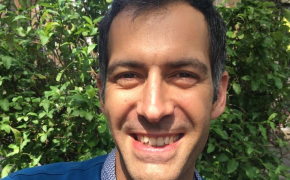SITxell is a free territorial analysis system within everyone’s reach, making it possible to study and evaluate open areas (non-urban) in the Barcelona Province
SITxell is a free territorial analysis system based on the evaluation the ecological, landscape and socio-economic characteristics. It is a very useful tool for the territorial planning processes on both, municipal and regional scales.
Since 2001, Barcelona Provincial Council (BPC) has been drawing up the SITxell project as a response to one of its main objectives – promoting territorial balance and sustainability. In this context, SITxell is a result of work of the Technical Office for Planning and Territorial Analysis (Department of Territory and Sustainability) for improving knowledge about the open areas of the Province. The ultimate aim of this project is to provide information and criteria for supporting local administrations in their land planning and management tasks, as well as to strengthen their participation in relevant regional projects.
Resources needed
A team of 3 technicians for developing the tool and one technician for creating a local application were involved in the project implementation. Cost of external contracts and agreements have been around 2M euros (during 15 years). Update and maintenance cost is around 20.000 euros annually.
Evidence of success
The development of the Barcelona Metropolitan Plan, which states that 227.000 hectares and 70.4% of the area of the metropolitan region are under a special protection regarding their natural and agricultural value.
Since the beginning of 2006, the project has carried out around 60 complete municipal diagnoses to be applied for the local urban planning.
The first ecosystem services mapping of the entire Catalonian Region has been conducted and publicly presented on December 2019.
Potential for learning or transfer
Firstly, the tool (SITxell) could be used at different scales, from local to regional levels.
Secondly, it is based on such available information as geographical cartography.
Thirdly, it promotes the collaboration among research groups and government, as well as with regional boards.
Fourthly, it has already been applied for specific and successful uses as the selection of natural areas for protection, territorial planning of several municipalities and cartography of ecological services at the regional level.
Fifthly, it has already been transferred to other European regions and beyond.
Tags: Administration, Analysis, Ecosystem, Management, Territorial








